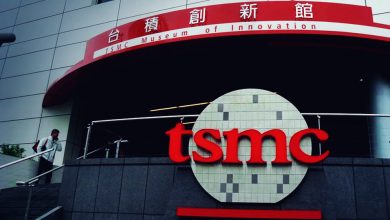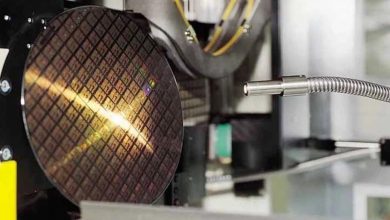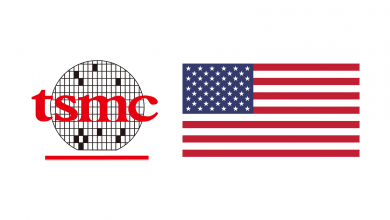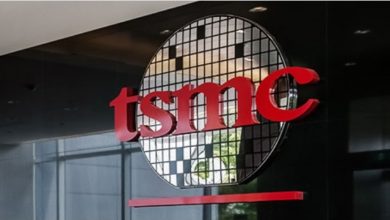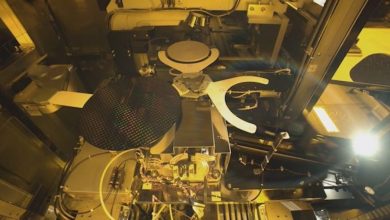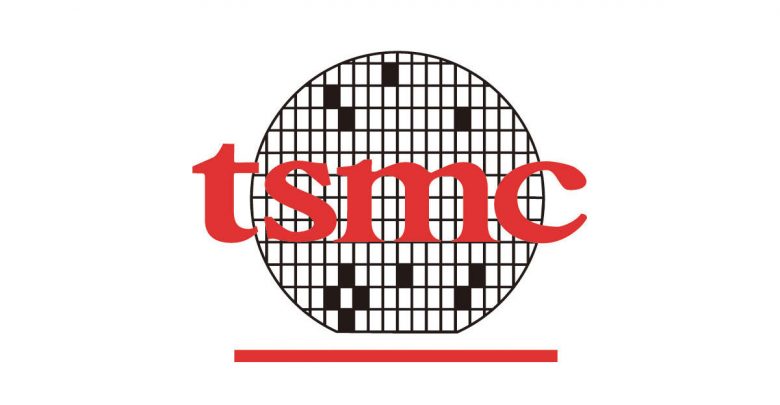
Taiwan Semiconductor Manufacturing Co Ltd (TSMC), the world’s biggest contract chipmaker, said some of its facilities experienced a “brief power dip” on Thursday after an island-wider power outage, raising concerns that a global chip shortage could worsen.
The shortage began late last year and has since affected several industries, from automobiles to smartphones and home appliances, forcing many car makers to halt production lines.
It was worsened in recent months by a fire at a chip plant in Japan and blackouts in Texas, where a number of chipmakers have factories.
Officials at three major science parks in Hsinchu, Tainan and Taichung, where TSMC (2330.TW), , and other semiconductor firms all have large operations, have said that there was no impact on the operations of the chipmakers. Power was restored by mid-evening
Reports from Taiwan outline that the power outage primarily affected companies using the 22.8 kV power lines. It occurred as the Xingda Power Plant shut down due to an accident, and initial reports after the outage that surfaced late afternoon in Taiwan suggested that chipmakers, including TSMC and United Microelectronics Corporation (UMC), were unaffected.
A subsequent statement from TSMC outlined that its facilities in the Nanke science and industrial park experienced a short-term pressure drop in some plant areas. Whether this drop also affected chip production remained unclear at the time, but what was clear was that backup power in the facility enabled operations to continue despite the outage. Additionally, the effect of the drop was not significant on TSMC since the fab uses 13.5 kV lines for its energy requirements.
The fab also outlined that while it has not ruled out further power suspensions from the Xingda Plant, backup power facilities at its plants remain equipped to deal with any subsequent power drops. It also stated that backup power supplies ensured that production was not stopped despite the short-term voltage drop. Therefore, it’s likely that the fab will not experience any monetary loss from today’s event.
Due to the outage, Taipower, which is responsible for supplying electricity to the Tainan Science Park, started to implement timed power disruptions. Local reports outline that at 15:00 Taiwan time, the park’s Sector C suffered an outage, and roughly an hour later, at 15:50, this was shifted to Sector D.
The previous outage in Nan-Ke, which resulted from a 161kV power line being damaged, was estimated to have caused TSMC millions of NT$ in damage. In its Fab 14, the company manufactures semiconductors on the 12nm and higher nodes. These products are in high demand worldwide, especially as automotive manufacturers use them inside vehicles.
Today’s outage comes as Taiwan is rationing its electricity supplies. A press conference held by the island’s Economy Minister Ms. Wang Meihua started that power rationing in the island will be implemented until 21:00 local time. Taipower representatives at the event pinned the rationing on three factors. These, according to the company, are due to a shortage of ‘green’ power generation measures, plant repairs and depleted water storage levels insufficient to generate hydroelectricity.
The power outage in the Xingda power plant took place after a high-voltage substation failed and resulted in two coal-fired and two gas-fired power units. This, in turn, removed 2.2 million kilo-watts from the system and ended up affecting roughly four million power users.
According to Taipower, its peak power consumption estimates for mid-May were lower than actual demand. The company had expected 35 million kilo-watt-hours (kWh) of consumption, while actual consumption ended up being 37.6 million kWh. Repairs to the power generation plant will not be complete until next week outlined Taipower, and the hydroelectric shortfall has reduced power generation by 800,000 kWh.
Taiwan is currently facing a historic drought which has reduced its water reservoir water levels. This reduction has also caused chipmakers such as TSMC to arrange alternative water sources such as groundwater and water tankers. The fab has also announced a plan to build a new water processing plant to help it with chip production.
The Xingda power plant is located in Kaohsiung city and is capable of generating 4,235 megawatts of electricity.

